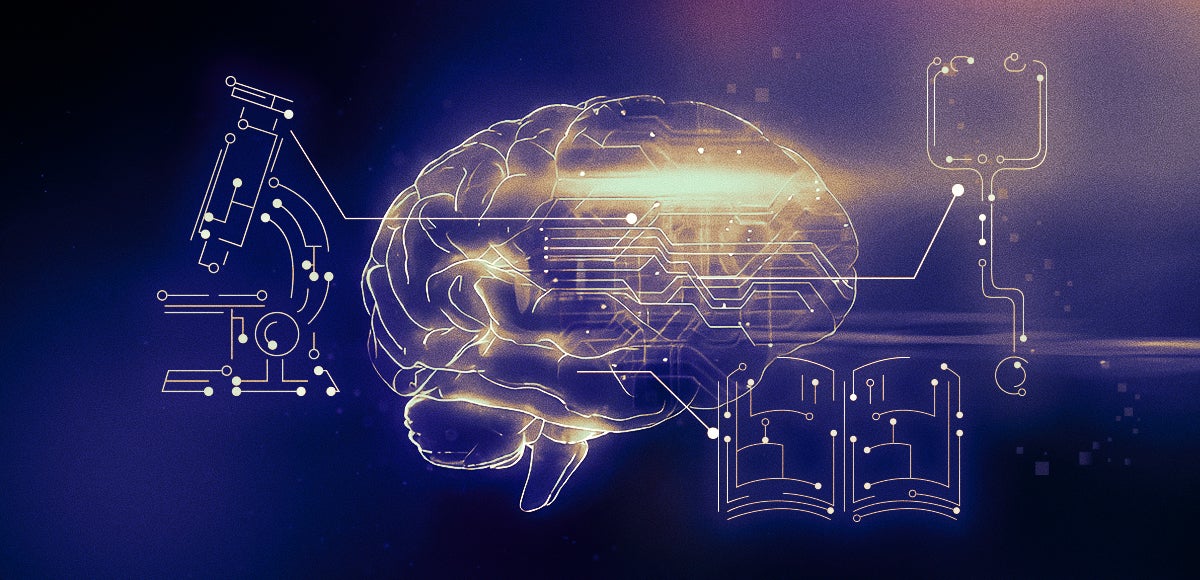Artificial intelligence (AI) is advancing rapidly, bringing immense promise to solve complex problems but also concerns about its potential societal impact. While expert opinions provide valuable insights, the dynamic nature of AI demands a more nuanced approach to predict its long-term social implications.
This is where interactive simulations emerge as a powerful forecasting tool. By modeling the complex interconnected systems AI interacts with and incorporating diverse factors, interactive simulations allow us to deeply explore numerous “what-if” scenarios under different conditions.

The Advantages of Using Interactive Simulations
Interactive simulations offer three key advantages over traditional predictive methods:
1. Understanding Complex Systems
AI doesn’t evolve in isolation, but rather interacts with existing social, economic, and political structures, forming a complex web of interconnected systems. Interactive simulations incorporate models of these systems, providing enhanced understanding of how disruptive AI could trigger unintended ripple effects.
2. Exploring Diverse Scenarios
By adjusting various parameters, interactive simulations enable assessing potential outcomes under different conditions. We can model the influence of factors like policy decisions, technological changes, and societal responses to see how they might impact the social effects of AI innovations.
3. Fostering Stakeholder Participation
Well-designed interactive platforms allow diverse stakeholders to actively participate, whether policymakers, researchers, or the public. This facilitates collaborative forecasting and encourages critical evaluation of responsible AI trajectories.

Building an Effective Interactive Simulation
Constructing an informative simulation involves four key phases:
1. Define the AI Capability
Clearly outline the specific AI innovation the simulation will model, whether an automation technology, autonomous system, AGI, or other advancement. The more detailed this definition, the more precisely the simulation can assess its disruptive potential.
2. Integrate Societal Factors
To map potential outcomes, the simulation should incorporate models of diverse societal factors, including:
- Demographic, economic, and educational trends
- Political landscapes and regulatory policies
- Cultural values and ethical considerations
3. Establish Metrics and Objectives
Define metrics to evaluate the simulated impact of the AI innovation on factors like:
- Economic shifts
- Social pattern changes
- Ethical issues in AI decision-making
4. Build an Intuitive Interface
An engaging, user-friendly interface enables stakeholders to easily adjust parameters, visualize predicted impacts through interactive data visualizations, and explore a wide range of “what-if” scenarios.
The Benefits and Challenges of Simulations
If thoughtfully constructed, interactive simulations offer considerable benefits but also pose some challenges:
Key Benefits
- More nuanced and robust forecasting capabilities
- Increased stakeholder participation and consensus-building
- Ability to proactively mitigate risks and steer positive AI trajectories
Key Challenges
- Need for reliable, comprehensive data on complex systems
- Difficulty balancing model sophistication and practical usability
- Risk of introducing subjective assumptions or bias
Moving Forward Responsibly with AI Predictive Simulations
To further optimize interactive simulations as a tool for anticipating the long-run social impacts of AI innovations, several suggested actions include:
- Promoting collaboration between experts across disciplines
- Open-sourcing simulation platforms for continuous improvement
- Incorporating diverse stakeholder perspectives into simulations
Overall, thoughtfully constructed interactive simulations empower us to deeply explore numerous scenarios, facilitating more responsible and ethical trajectories for AI development that benefit societies as a whole.
















Add Comment